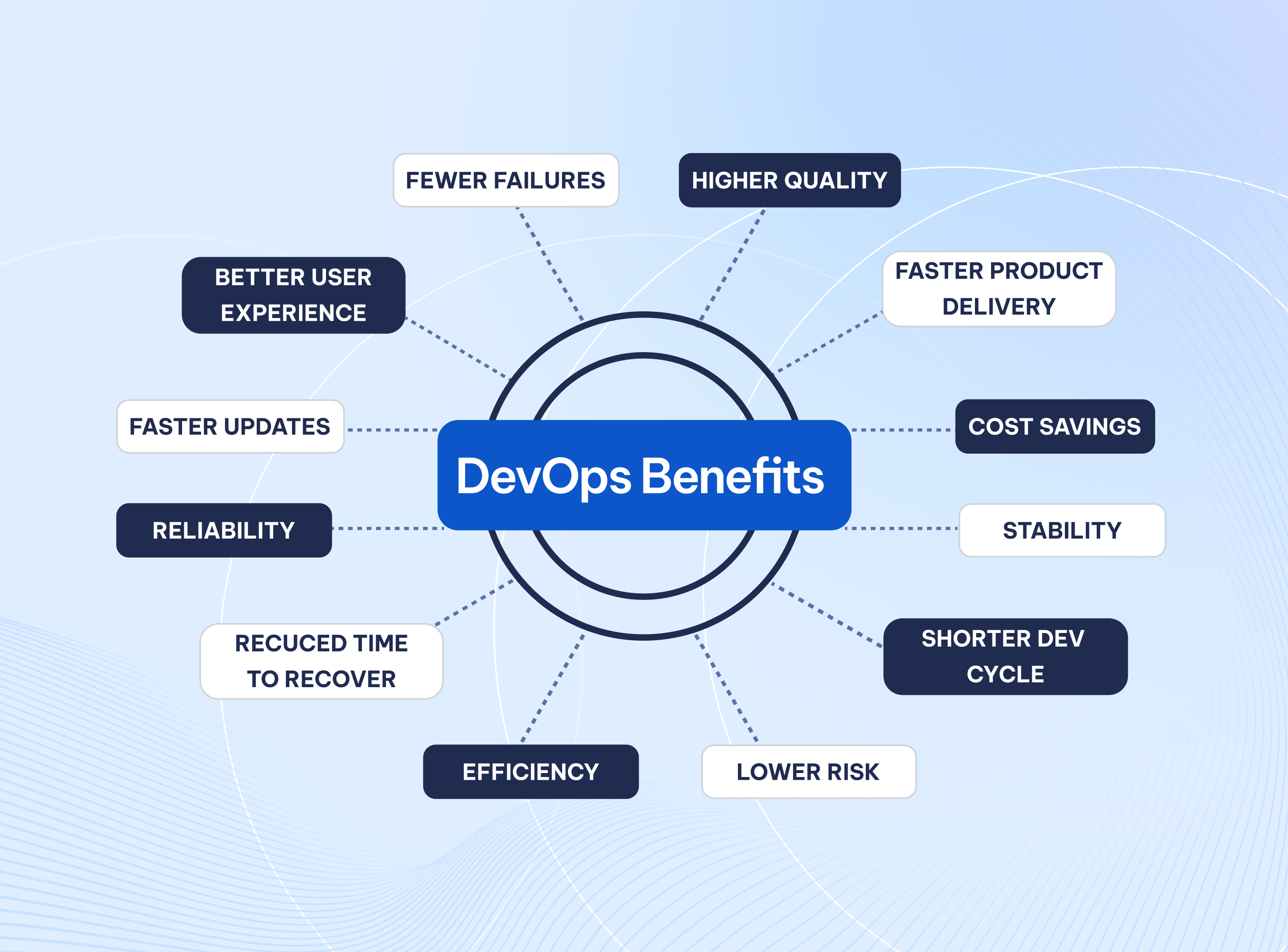Top 8 Best Practices for Offshore Development
Published on Oct 19, 2023
Offshore development requires heavy involvement from both the customer and the outsourcing firm to ensure that a project is successfully delivered.
Despite this, inexperienced customers might commit costly, yet easy-to-avoid mistakes, so here are eight best practices for customers working with an offshore development company.
Top 8 best practices when working with offshore development companies
1. Review the offshore company
The first thing to do when looking out for potential offshore firms is to investigate their capabilities — doing preliminary research, contacting the firm’s former clients, and checking out online reviews through reputable sites (e.g. Clutch, Goodfirms, etc.)

A tip that we can offer is to specifically look out for firms with an established security policy, either one with an international security standard such as ISO 27001, NIST, HIPAA, OWASP, or an NDA agreement in their contracts. Making it less likely to have data breaches for your projects.
2. Clear expectations & requirements
The nature of working with an offshore company means that miscommunication between parties can be very common — as working standards and cultural values may not be the same across countries.

This means that both parties should ensure that their expectations are laid out as clearly as possible during the planning process. This helps improve the speed and quality of delivery and avoid major misunderstandings.
Look out for firms with an established Discovery Phase in their process — this method helps you plan out your projects more clearly and allows you to find hidden problems and details you might have not noticed.
3. Stay in the loop

Constant communication is a must in offshore development, as it helps ensure that project expectations stay in line and quality does not fall off over time.
One effective strategy is to schedule regular meetings to update you on the offshore team’s progress — through a simple message or video call at the end of the week. Ideally, these meetings should provide you with the following information:
- Summary of project’s progress
- Problems that have occurred
- Upcoming updates and deliverables
4. Implement Scrum project management
This is a rather common tip among many in the industry, but it’s worth mentioning again from time to time, as proper usage of software methodologies can dictate the success of a project.
Most of the time, we recommend implementing Scrum, as it allows teams to progress quickly and efficiently while adopting feedback from customers and stakeholders -- ensuring clear expectations.
5. Encourage Shared Values
Offshore and in-house teams can still have a strong, cohesive synergy when they both share a strong sense of cooperation and value, and it is often the firm’s and customer’s responsibility to encourage that development.

Besides looking out for firms that share the same values as you, you can also promote teambuilding activities, such as creating off-hours activities or a separate chat channel where teams can freely discuss and talk off-topic.
Building trust between teams can help you go a long way in outputting better quality products. Be mindful that this practice is only worth it when planning to cooperate with the offshore firm on a long-term basis, such as through repeated dealings or using the dedicated team package.
6. Manage Knowledge Sharing and code documentation
Knowledge sharing involves a deliberate process of transferring information and insights between team members — which helps in promoting innovation and creating a robust knowledge base in both the in-house and offshore team members.

A method of knowledge sharing among developers is to practice code documentation — providing blueprints and templates so other developers can easily understand the logic behind the process.
One tip is to have the team document their codes as they write — keeping everything up-to-date and relevant to the current tasks. A clean and consistent documentation format, illustrated by screenshots and diagrams can also clear up confusing details and make it easier for everyone to follow.
7. Start small
In the early stages of development, starting with a small team of senior developers can be more efficient for building standards and architectural design.

From there, clients and firms can decide whether to grow and expand the existing team depending on the situation, as it is easier to scale a project than to downsize it. Ideally, you should only hire junior developers once the project has become more stable.
8. Reuse components
In the software engineering world, reusing components rather than building up new codes from scratch can massively reduce cost and development time. You can find usage in almost anything that your team has developed, so it is important to look out for codes and components that are highly modular for future use, either internally or externally from outsourced developers.
Conclusion
Offshore development can be a bit tricky, but with the right approach, it can give you an edge over your competitors. With the above practices, you can now apply them to your experience and see how your projects can benefit from a more efficient mindset.
If you need further help, FABA Technology strives to be transparent and help clients fully understand what the IT outsourcing business entails. Let us help you bring in the expertise you need and get your projects done as smoothly as possible.
To check out what benefits can FABA Technology bring you, contact us here.











